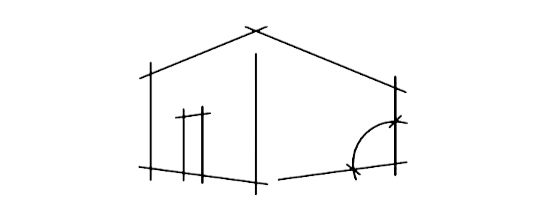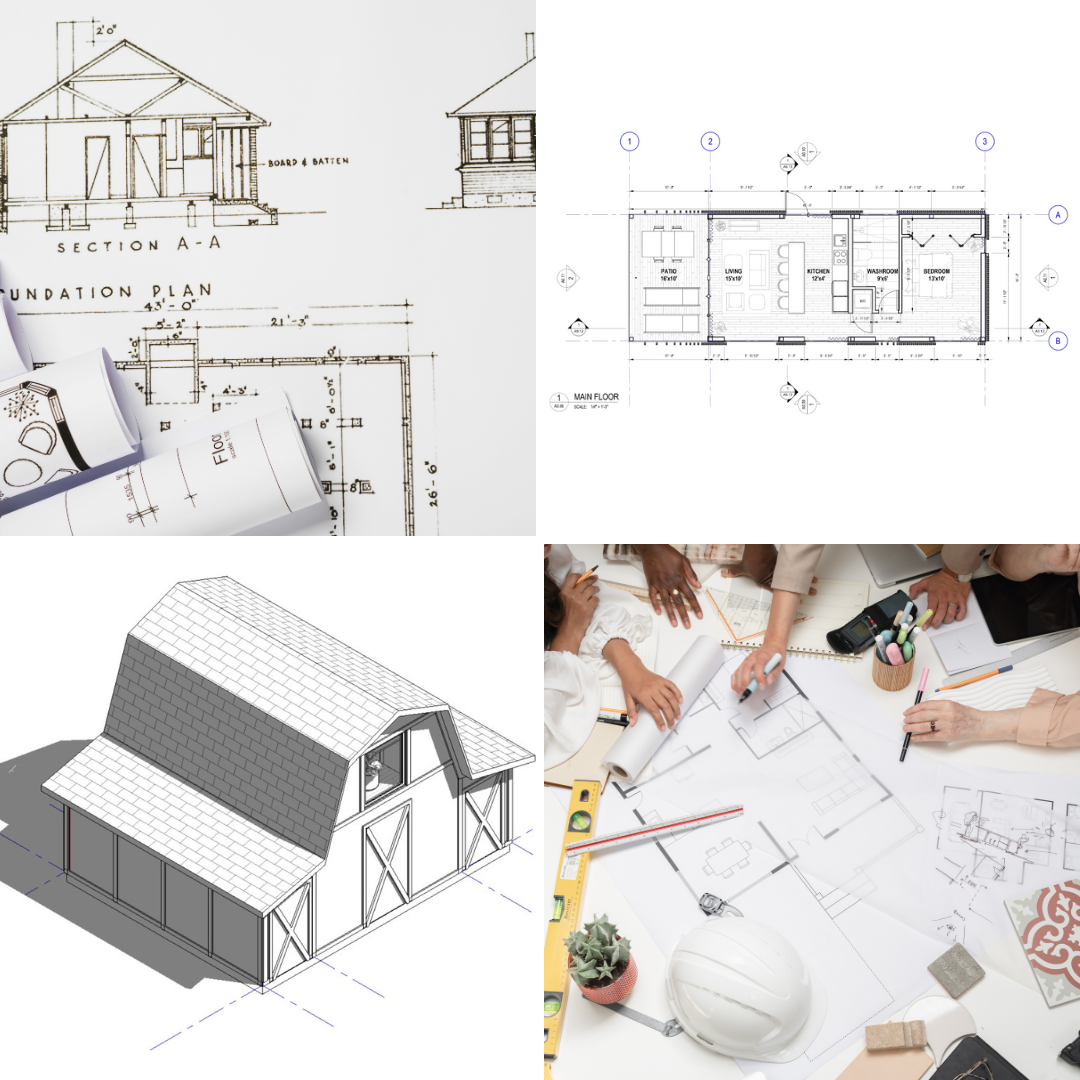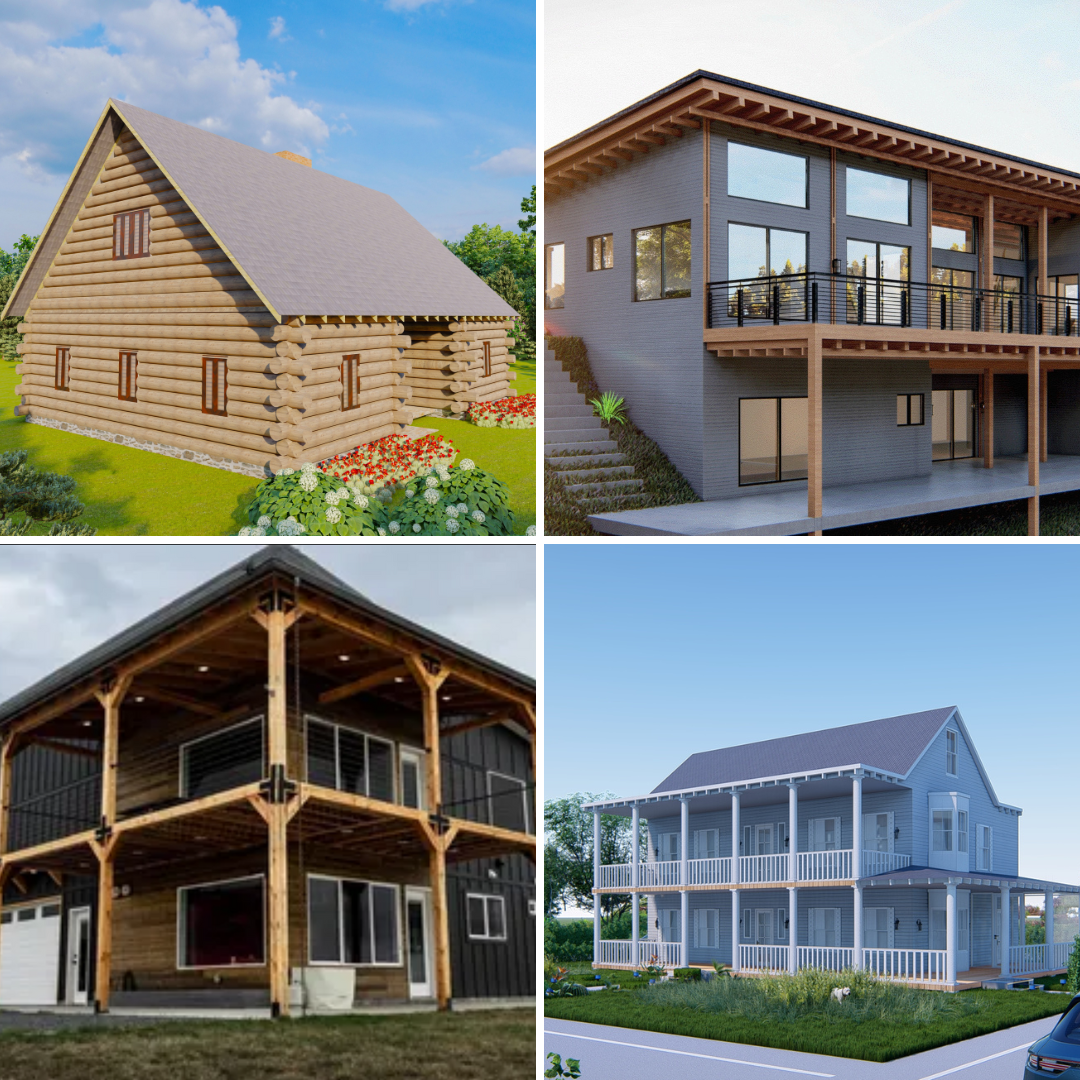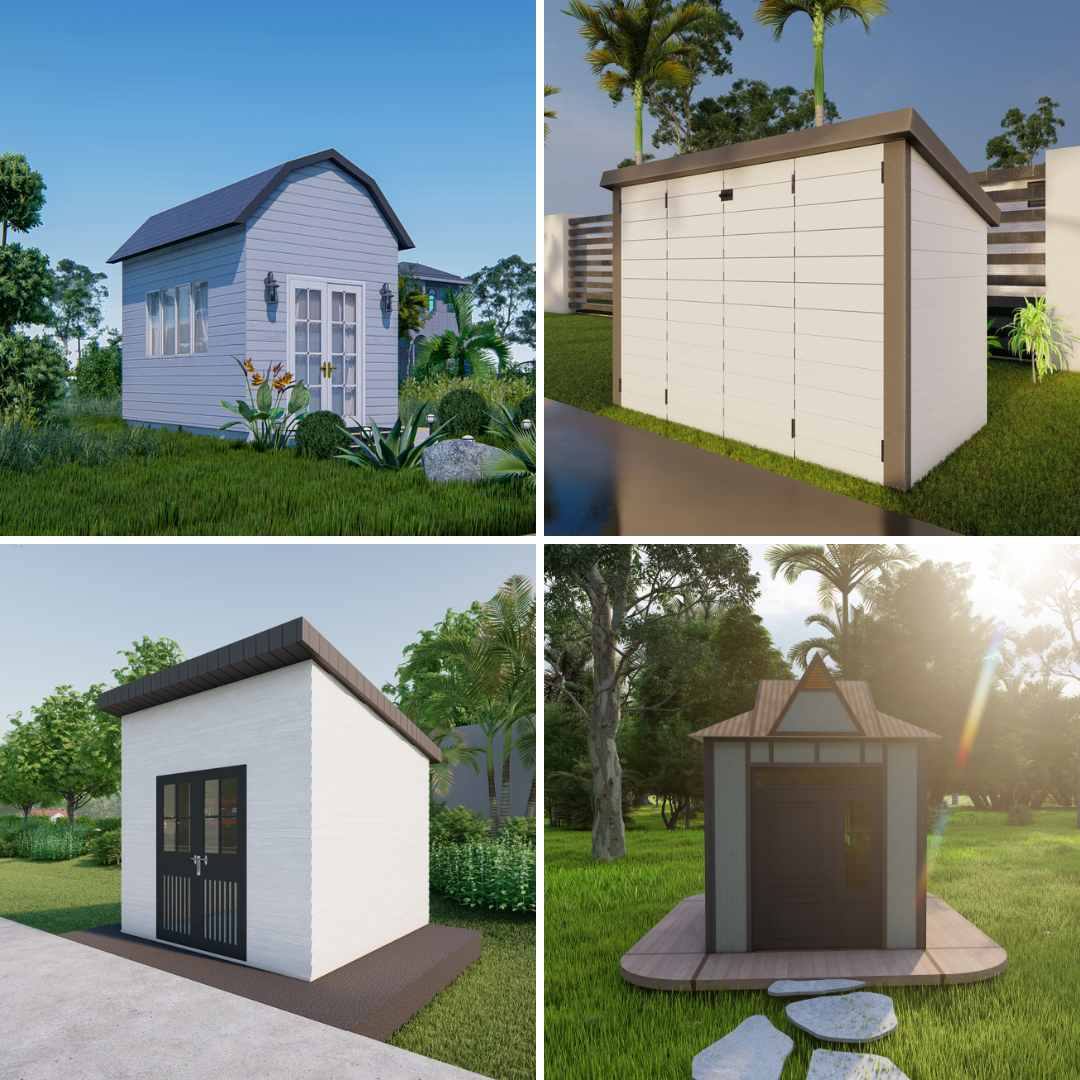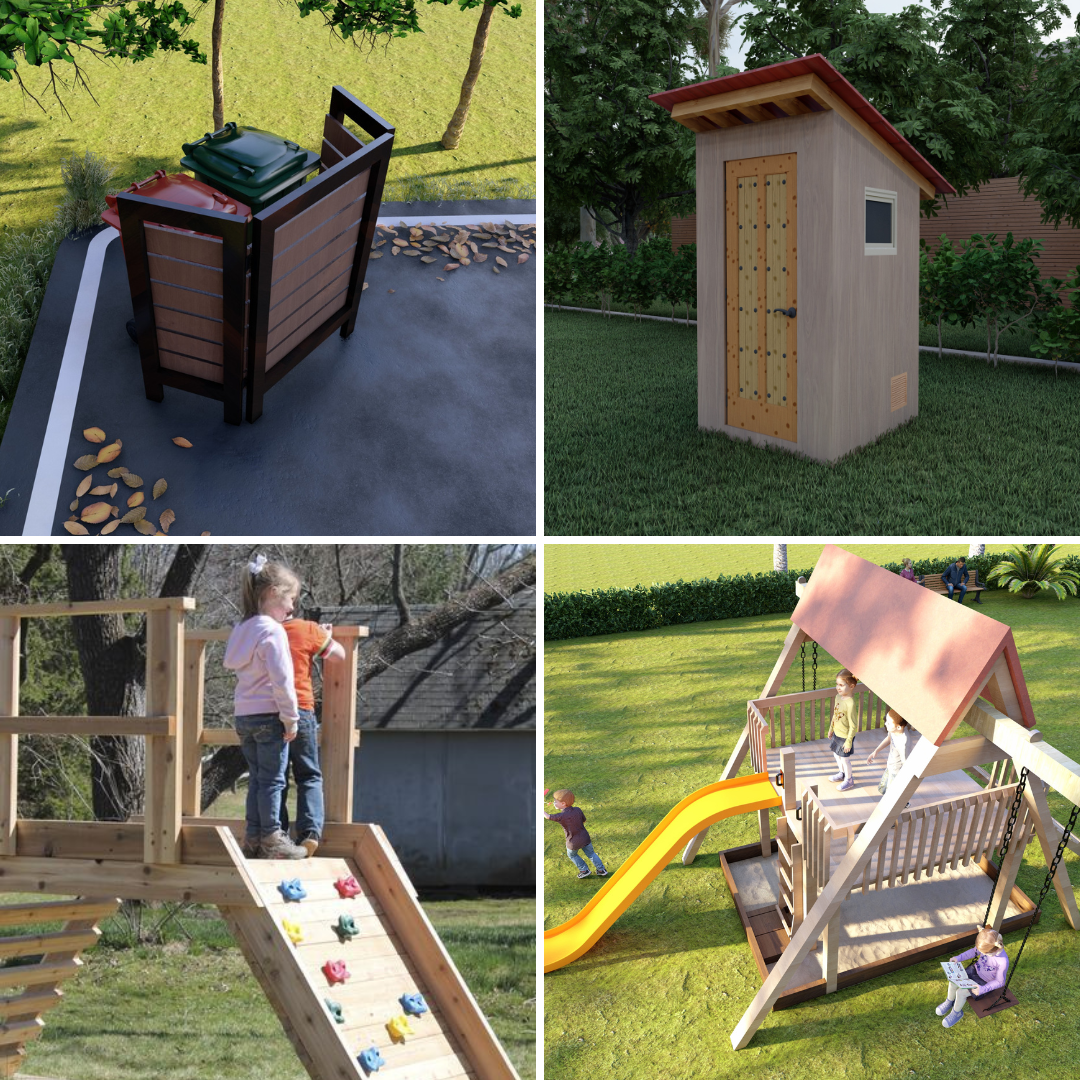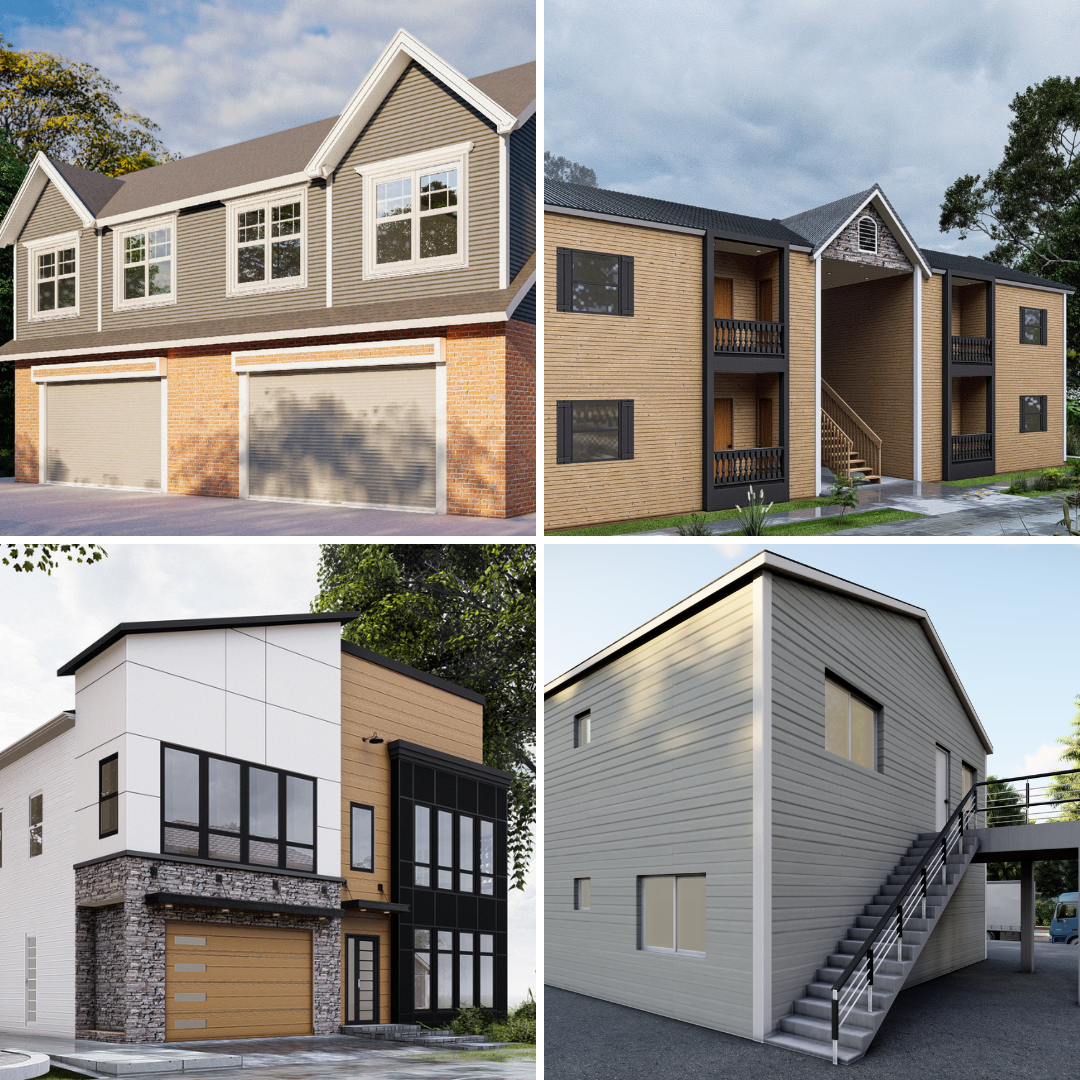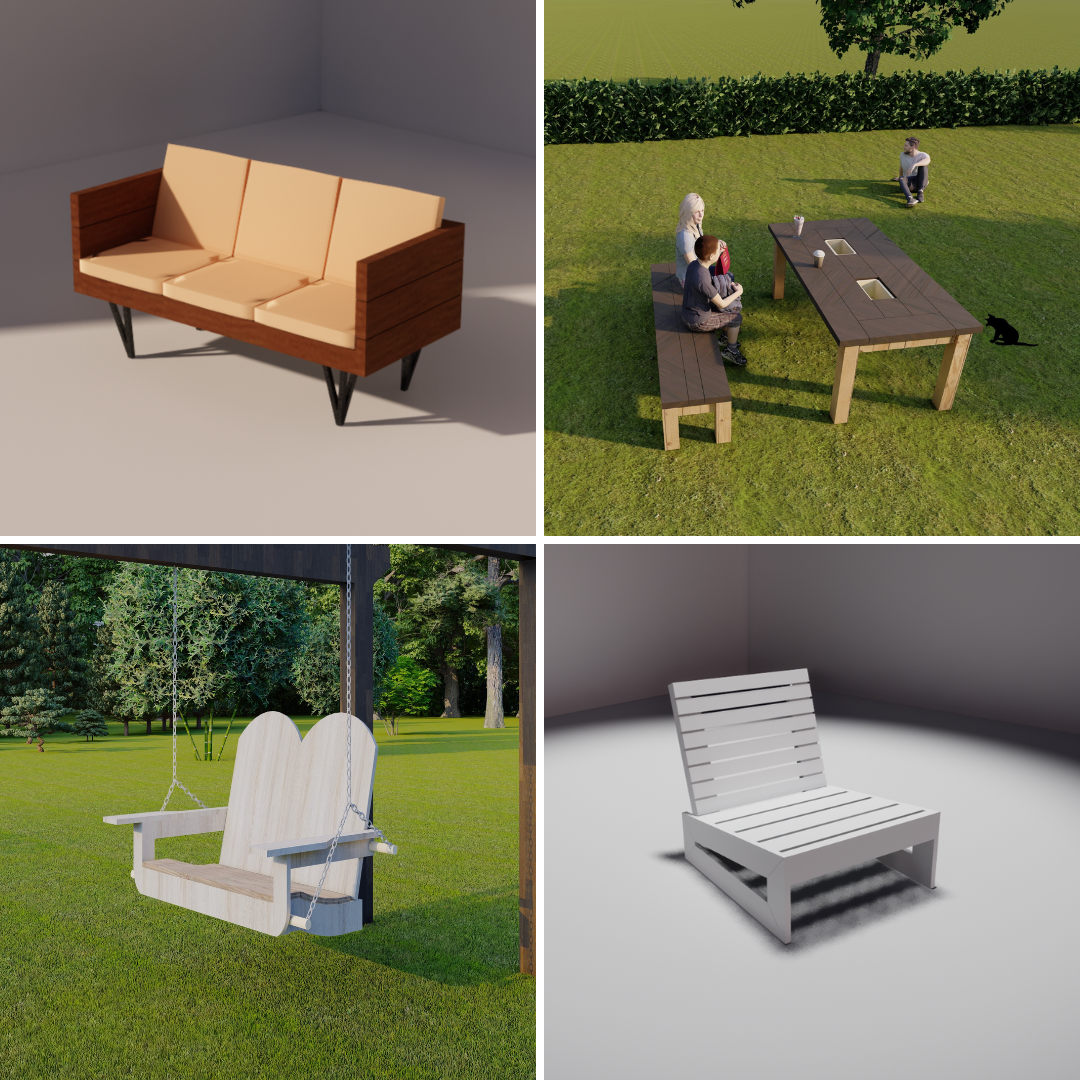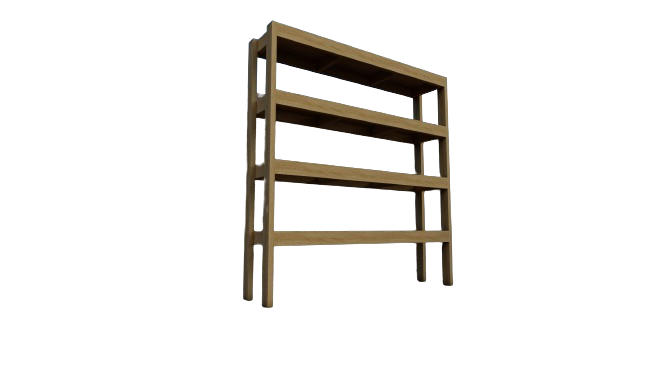
Is It Cheaper to Build Your Own Shelving Units? Here's What You Need to Know
Share
When you're organizing your space, one of the first things you might consider is adding shelving units. Whether you're looking to tidy up your garage, declutter your living room, or create extra storage in a home office, shelves can make all the difference. But when it comes to installing shelving, many homeowners face a decision: should I buy ready-made units, or is it more cost-effective to build my own? The cost of buying pre-built shelving can quickly add up, especially for custom sizes or high-quality materials. Building your own shelves, on the other hand, can be an appealing option if you're looking to save money or create something tailored to your needs. But how much will it actually cost to DIY your own shelving unit? Is it worth the time and effort? In this article, we’ll explore the true costs of building versus buying shelving units and offer insights into how you can determine which option is best for your budget.
If you're considering taking the DIY route, you might want to check out this Woodworking Plans for Garage Work Shelf 69"x16"x76" - 4 Shelves, Part & Cut Lists, Step by Step Instructions to help you get started on your project. It offers detailed instructions to guide you through building a sturdy and efficient shelving unit for your garage or home workspace.
Additionally, if you're unsure about whether building or buying is the best choice for you, you can dive deeper into the discussion by watching this insightful video: Building Storage Shelves vs Buying - What Nobody Tells You!, which covers the pros and cons of both options.
The Cost of Buying Pre-Made Shelving Units
When you’re shopping for pre-built shelving units, it’s easy to assume that the price is set. However, the actual cost can vary depending on several factors like size, material, design, and brand. Basic shelving units made from particleboard or metal may be relatively affordable, with prices starting around $30 for smaller units. On the other hand, high-end wooden shelving units or custom-built units can cost anywhere from $100 to several hundred dollars per unit, especially if you’re looking for unique features, finishes, or shelving options with added functionality, such as adjustable shelves or integrated lighting.
For example, a simple wooden shelving unit with dimensions similar to a garage shelving plan might cost anywhere between $75 to $150, depending on the materials used. When considering whether to buy, think about what exactly you need in terms of size, design, and materials. You might discover that for a little more, you can get a much higher-quality, custom shelving unit made from solid wood or metal that perfectly matches your aesthetic.
However, don’t forget that most pre-built units are standardized, so unless you get a truly custom piece, you may need to make adjustments or settle for a less-than-perfect fit for your space. For those who need a specific size or have unusual measurements in mind, the cost of buying ready-made shelving units can quickly rise.
The Cost of Building Your Own Shelving Units
On the other hand, building your own shelves can be a rewarding project. It allows you to create a custom solution that fits your exact space requirements and design preferences. The cost of building shelving units depends on the materials you choose and the tools you have at your disposal. If you already have access to basic tools like a drill, saw, and measuring tape, the upfront investment may be minimal, though you’ll still need to factor in the cost of materials.
For a basic wooden shelving unit, you can expect to spend anywhere from $40 to $100 on wood and screws, depending on the type of wood you select. Common options include plywood, pine, or MDF, each offering different durability, aesthetics, and price points. Pine, for example, is typically affordable and looks great for DIY projects. Higher-end woods like oak, maple, or walnut will cost significantly more, but they also provide a more luxurious finish and long-lasting durability. In addition to the cost of materials, you may need a few additional items like brackets or wall anchors, which can increase your overall cost by $10 to $20.
Another factor to consider when building your own shelves is the time investment. Depending on the complexity of your design, building shelves could take anywhere from a few hours to a few days. If you’re new to woodworking, expect to spend more time learning the craft and making sure everything is put together correctly. Fortunately, with online resources and woodworking plans, it’s easier than ever to learn the steps involved in building your own shelving units. You can even find step-by-step guides, like the one mentioned earlier, to help you through the process.
DIY Shelving: The Pros and Cons
Building your own shelving units comes with its own set of advantages and challenges. Let’s explore the pros and cons of DIY shelving so you can make a well-informed decision.
Pros:
- Customization: When you build your own shelving, you can create units that fit your space perfectly. Whether it’s for a small alcove or an odd-shaped wall, you can design shelving that matches the exact dimensions and needs of your space. This level of customization is something that buying pre-built units simply can’t offer.
- Cost Control: DIY shelving gives you control over the materials and design choices, so you can choose to stay within your budget. By opting for budget-friendly materials and simple designs, you can minimize costs. Additionally, if you already own the necessary tools, your investment in the project will be just the price of materials.
- Personal Satisfaction: There’s a certain sense of pride and satisfaction that comes with creating something with your own hands. Building your own shelving unit can be a fulfilling experience, especially if you enjoy DIY projects.
Cons:
- Time-Consuming: One of the main drawbacks of building your own shelves is the time investment. If you're not experienced with woodworking, it may take longer than you expect to get everything right. If you're short on time or want a faster solution, buying pre-made shelves might be more convenient.
- Skill Level: While basic shelving units are within reach of most DIYers, more complex projects may require advanced skills or tools. If you’re a beginner, you might need to invest in learning materials or tutorials to avoid mistakes.
- Tool Requirements: Even though basic tools like a saw and drill are sufficient for building many shelves, if you’re planning on tackling more complex or professional-grade shelving, you may need to invest in additional tools. This adds to the initial cost of the project.
Final Thoughts: Should You Build or Buy?
In the end, whether it’s cheaper to build your own shelving unit comes down to your specific needs, budget, and preferences. If you’re looking for a quick solution and don’t have the time or inclination to learn woodworking, buying pre-made shelves may be the better option for you. However, if you enjoy DIY projects, have some woodworking skills, and want a custom solution, building your own shelves could be a more cost-effective and fulfilling option in the long run.
Ultimately, the choice is yours! Weigh the costs, time investment, and satisfaction of building something yourself against the convenience and ease of buying ready-made units. Either way, you’ll have a practical solution to your storage needs and a more organized space.
